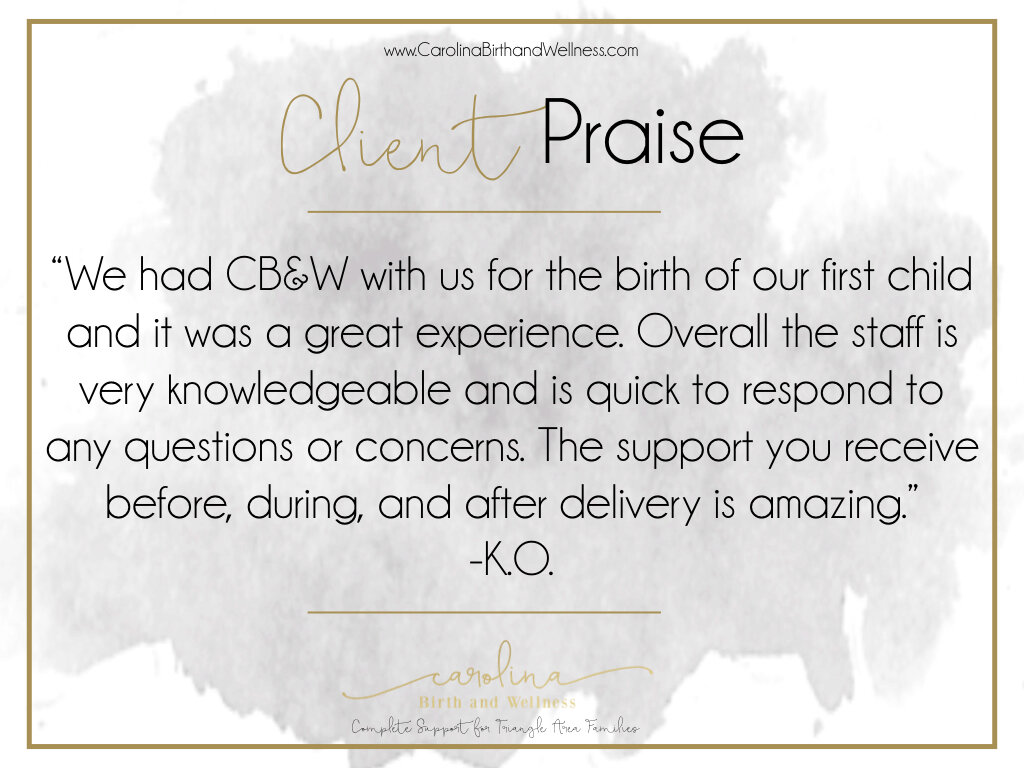When talking to my clients, I always like to stress the difference between common and normal, as those two terms can mean very different things when talking about women’s health, especially menstrual health.
It is common to have bad cramps.
It is common to need to medicate yourself to be able to get through the day when your period first starts.
It is common to have long cycles.
But these are not normal, and it is about time we start shouting this from the rooftops!
Pain is NEVER normal.
The only time we like to see our clients pain level increasing is during labor as it means contractions are becoming productive, but I am getting off topic! Pain usually means something is abnormal and should not be common, no matter what you read on Facebook or what your best friends’s sister’s cousin says.
I also want to point out that normal isn’t always a great word either, especially because the inverse is so negative. But for the purposes of this blog, I want to use normal so that we can begin to think about what a period should look like, and then for those who differ greatly can begin to get the appropriate medical care.
So, that leads us to the next question, what should a normal period look like?
Period on Birth Control
First of all, you do not get a period on birth control. You have a monthly bleed that is unnecessary and not related to your hormones or menstrual cycle. Hormonal birth control surpasses your hormones and causes your body to not ovulate. Not ovulating does not produce a true period.
This blog post is only related to those not taking any type of hormonal birth control.
Duration of a Normal Period
The average period should be 3 to 7 days of bleeding that requires you do something about it. Meaning you are not able to comfortably bleed into your underwear without trying to stop it with a pad, cup, tampon, or other choice of protection. Day 1 counts as the first day you need to use that protection, no matter the time of day.
Various other issues may impact if your period is shorter or longer than the average range, and it is important conversation to bring up with your provider
Normal Amount of Bleeding During Period
The average amount of blood you should expel during your period is 25-75 mL. I was a bit surprised about this as that means we are losing no more than a 1/3rd of a cup per month, much smaller than I thought!
If you use tampons it can be hard to determine the amount of your period, but an average super tampon holds about 10mL and a regular tampon holds 5mL, so no more than 8 fully soaked super tampons or 16 fully soaked regular tampons.
If you are noticed that you're bleeding much more than this, it is important to mentioned to your provide as it could be a sign of something more serious. If your period is lighter than 25mL, also worth mentioning to your provide as there are reasons for less bleeding as well.
Normal Cramps During Period
Remember, pain is never normal. That being said, a slight discomfort during the first few days of your period is in the range of normal. This should be mild, be relieved by an over the counter medication, and should not interfere with your daily activities.
Period As A Vital Sign
Your period, and menstrual cycle as a whole, is a great vital sign and should be something that you monitor just as you monitor other aspects of your life. Over the next weeks, we will be diving into how to read the signs that your body is telling you about your period and menstrual cycle.









